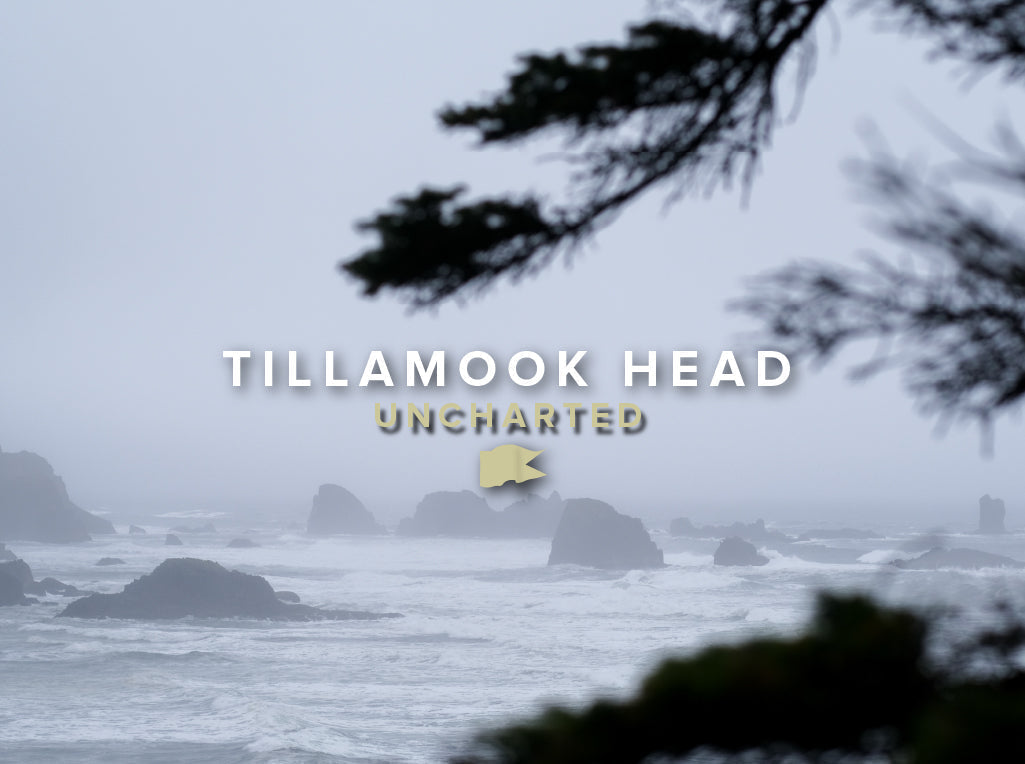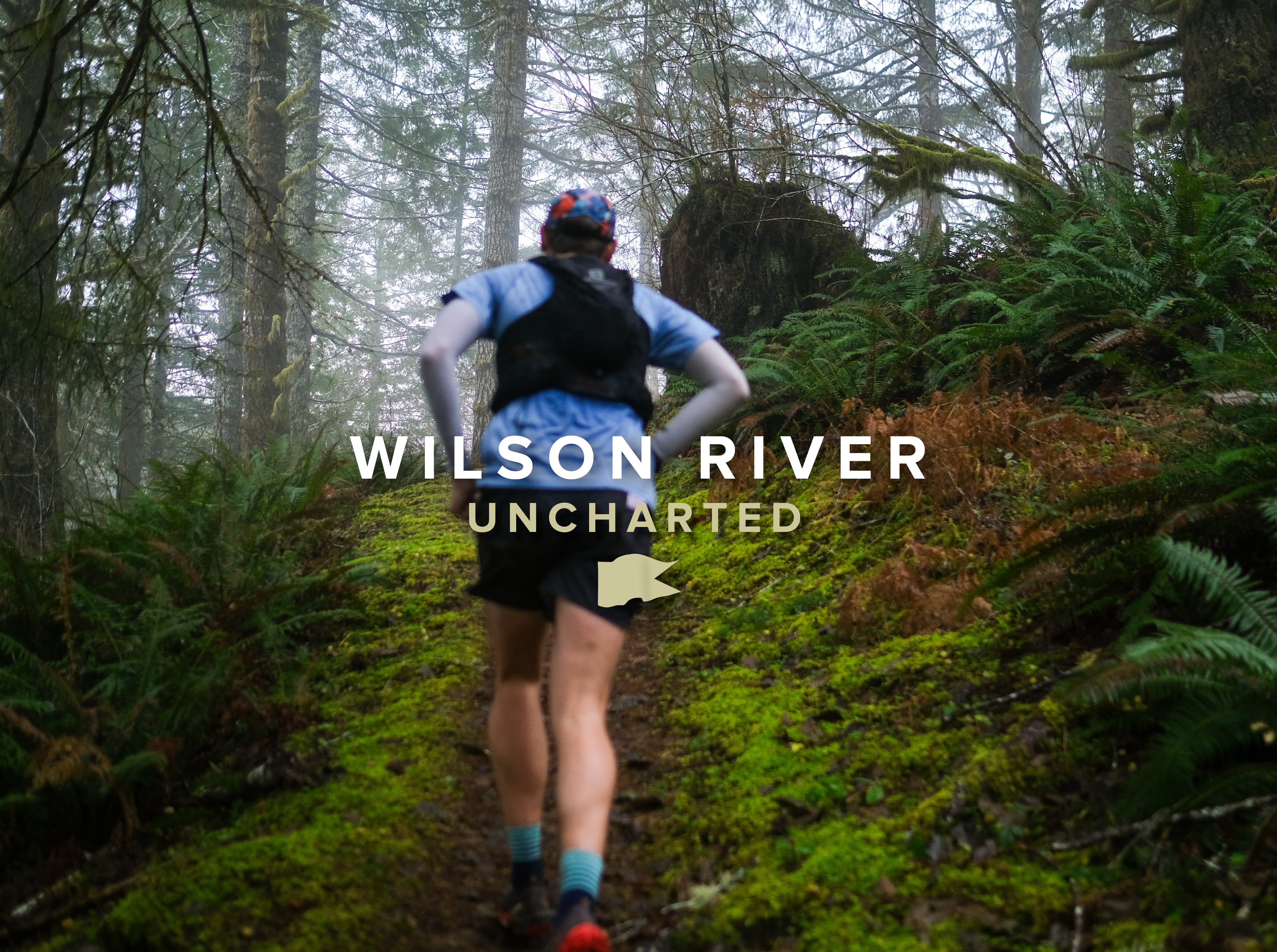Routes

Cook Traverse - Uncharted
Uncharted is a challenge series created by Mack Robertson for the Greater Portland area that aims to get you out exploring new areas with pre-planned routes. While each area we...
Cook Traverse - Uncharted
Uncharted is a challenge series created by Mack Robertson for the Greater Portland area that aims to get you out exploring new areas with pre-planned routes. While each area we...

Boulder Ridge - Uncharted
Uncharted is a challenge series created by Mack Robertson for the Greater Portland area that aims to get you out exploring new areas with pre-planned routes. While each area we...
Boulder Ridge - Uncharted
Uncharted is a challenge series created by Mack Robertson for the Greater Portland area that aims to get you out exploring new areas with pre-planned routes. While each area we...

Foxglovia
Uncharted is a challenge series created by Mack Robertson for the Greater Portland area that aims to get you out exploring new areas with pre-planned routes. While each area we...
Foxglovia
Uncharted is a challenge series created by Mack Robertson for the Greater Portland area that aims to get you out exploring new areas with pre-planned routes. While each area we...

Tillamook Head - Uncharted
Uncharted is a challenge series created by Mack Robertson for the Greater Portland area that aims to get you out exploring new areas with pre-planned routes. While each area we...
Tillamook Head - Uncharted
Uncharted is a challenge series created by Mack Robertson for the Greater Portland area that aims to get you out exploring new areas with pre-planned routes. While each area we...

Eagle Creek - Uncharted
Uncharted is a challenge series from Territory Run Co for the Greater Portland area that aims to get you out exploring new areas with pre-planned routes. While each area we...
Eagle Creek - Uncharted
Uncharted is a challenge series from Territory Run Co for the Greater Portland area that aims to get you out exploring new areas with pre-planned routes. While each area we...

Wilson River - Uncharted
Uncharted is a challenge series from Territory Run Co for the Greater Portland area that aims to get you out exploring new areas with pre-planned routes. While each area we...
Wilson River - Uncharted
Uncharted is a challenge series from Territory Run Co for the Greater Portland area that aims to get you out exploring new areas with pre-planned routes. While each area we...